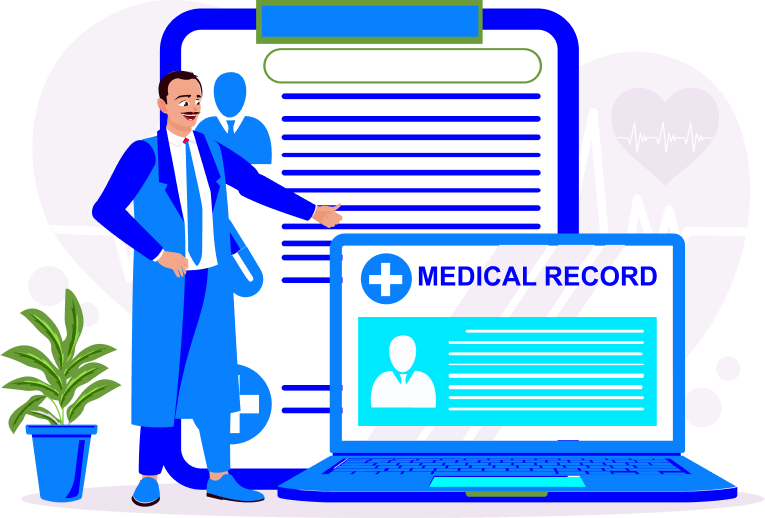What Is Clinical Documentation?


The Role of Clinical Documentation Improvement (CDI)
- Heavy administrative workload – that takes time away from patient care.
- Complex compliance and regulatory requirements – that demand precision.
- Accurate coding demands – to ensure proper reimbursement.
Even with EHRs streamlining some processes, clinicians often feel overwhelmed by documentation tasks, adding to burnout and reducing time for direct patient interaction.
Enhanced Accuracy and Completeness:
Real-Time Assistance:
Coding Support:

Audit Readiness:
Streamlined Workflows:
Improved Financial Performance:
Enhanced Patient Care:
Regulatory Compliance:
Improved Patient Satisfaction:
Adaptability Across Settings:

A patient visits their primary care physician for persistent fatigue and shortness of breath. During the encounter, the physician documents the symptoms and conducts a thorough review, uncovering uncontrolled hypertension (ICD-10: I10) and suspected Type 2 diabetes mellitus (ICD-10: E11.9) based on recent lab results. Using AI-driven Clinical Documentation Improvement (CDI) tools, the system prompts the physician to include detailed notes, suggests relevant ICD-10 codes, and links conditions to appropriate orders, such as a hemoglobin A1c test and a cardiology referral. The AI ensures accurate documentation of the primary complaint (fatigue, ICD-10: R53.83), identifies comorbidities, and streamlines the generation of a comprehensive encounter summary, treatment plan, and patient orders. This process enhances coding accuracy for billing, supports quality reporting, and improves continuity of care by addressing the patient’s full spectrum of health needs.
CARE-E enhances clinical documentation by equipping clinical care teams with the latest documentation technologies for greater accuracy and efficiency. CARE-E helps:
- Bridge the gap between clinical care and accurate coding.
- Reduce claim denials and the need for resubmissions.
- Support documentation and coding for quality initiatives, including MACROs/MIPS and other Quality Measures Social Determinants of Health (SDOH) reporting.
With a comprehensive suite of capabilities, CARE-E enables providers to focus more on patient care while ensuring documentation meets regulatory and quality standards.





